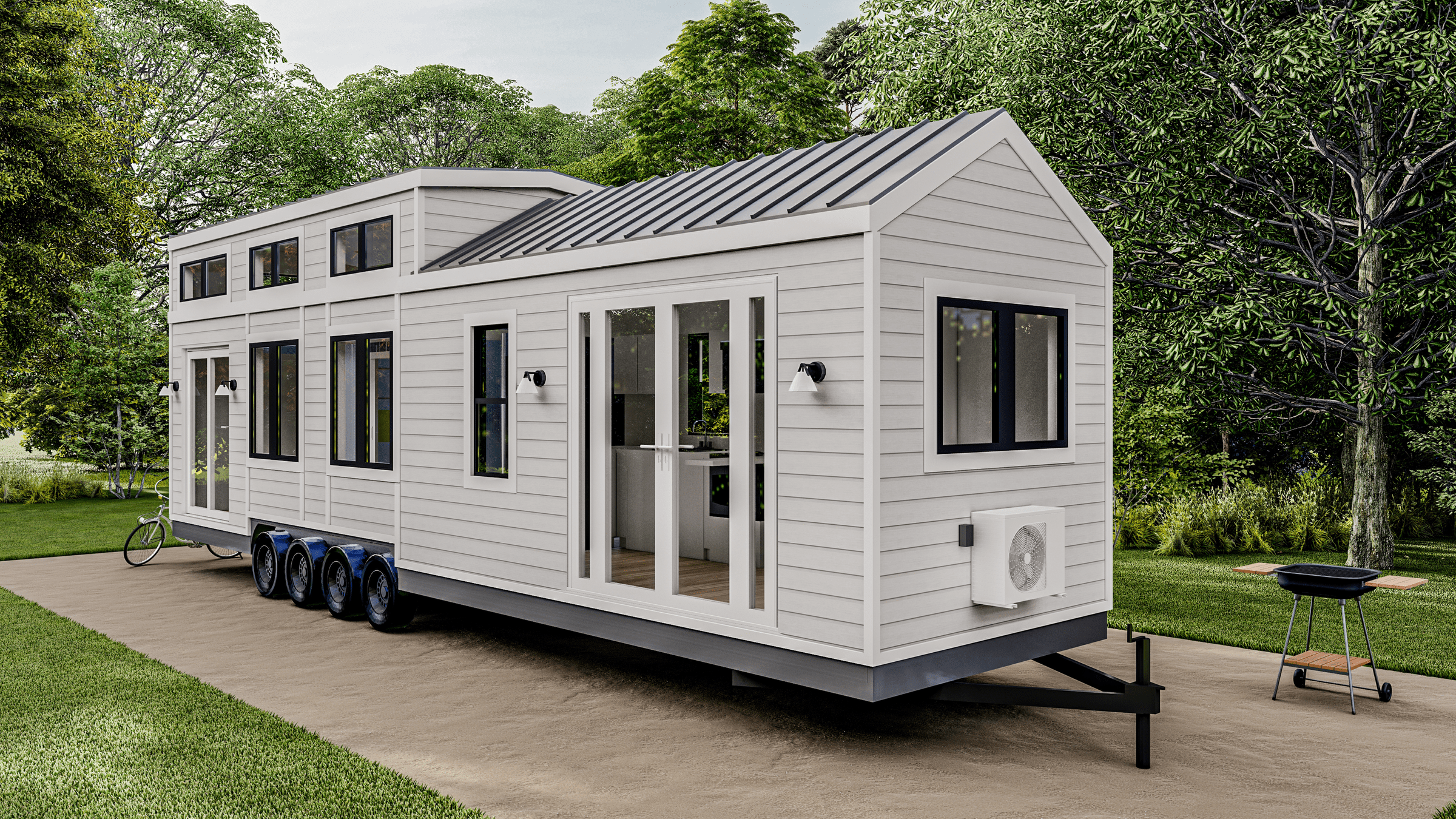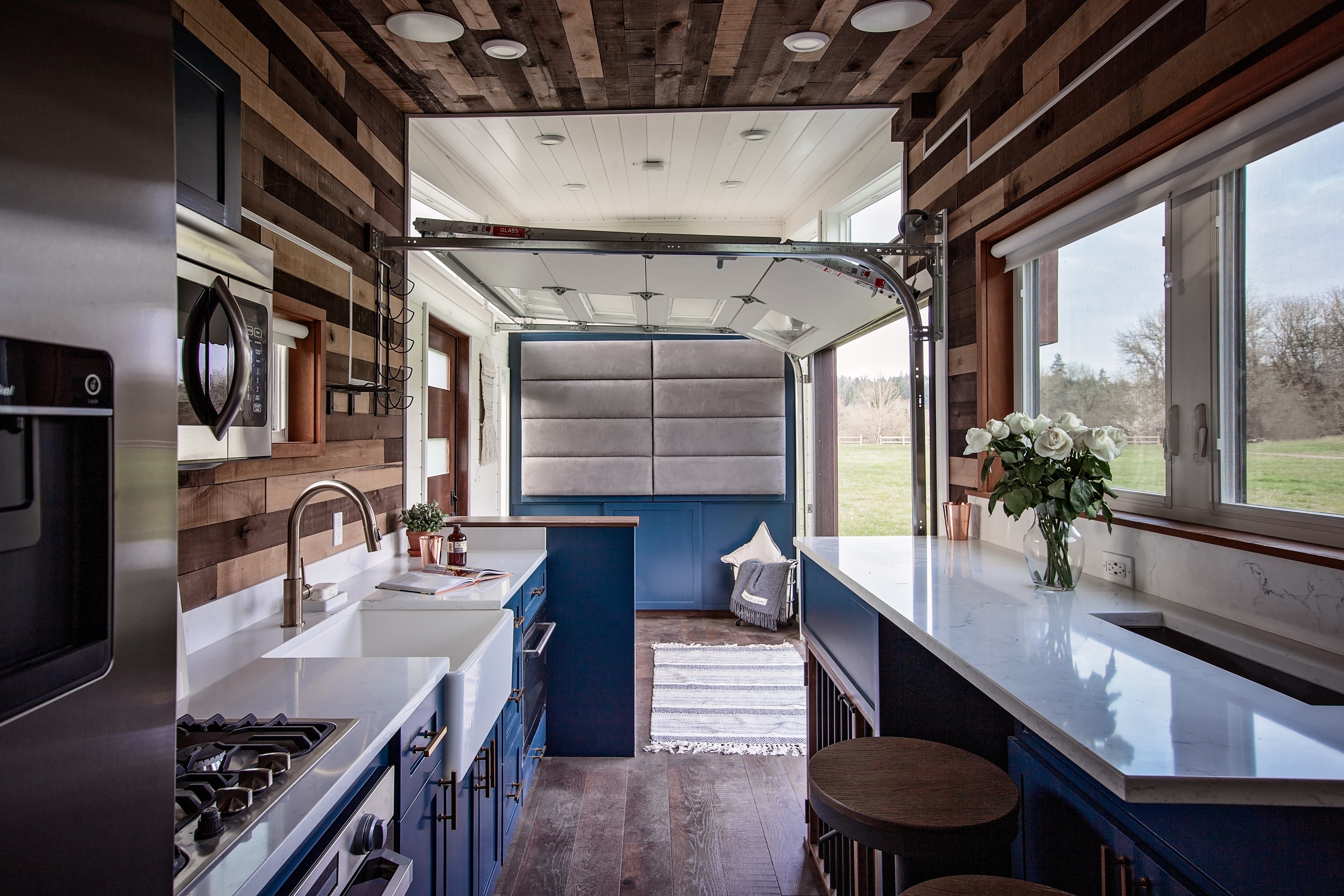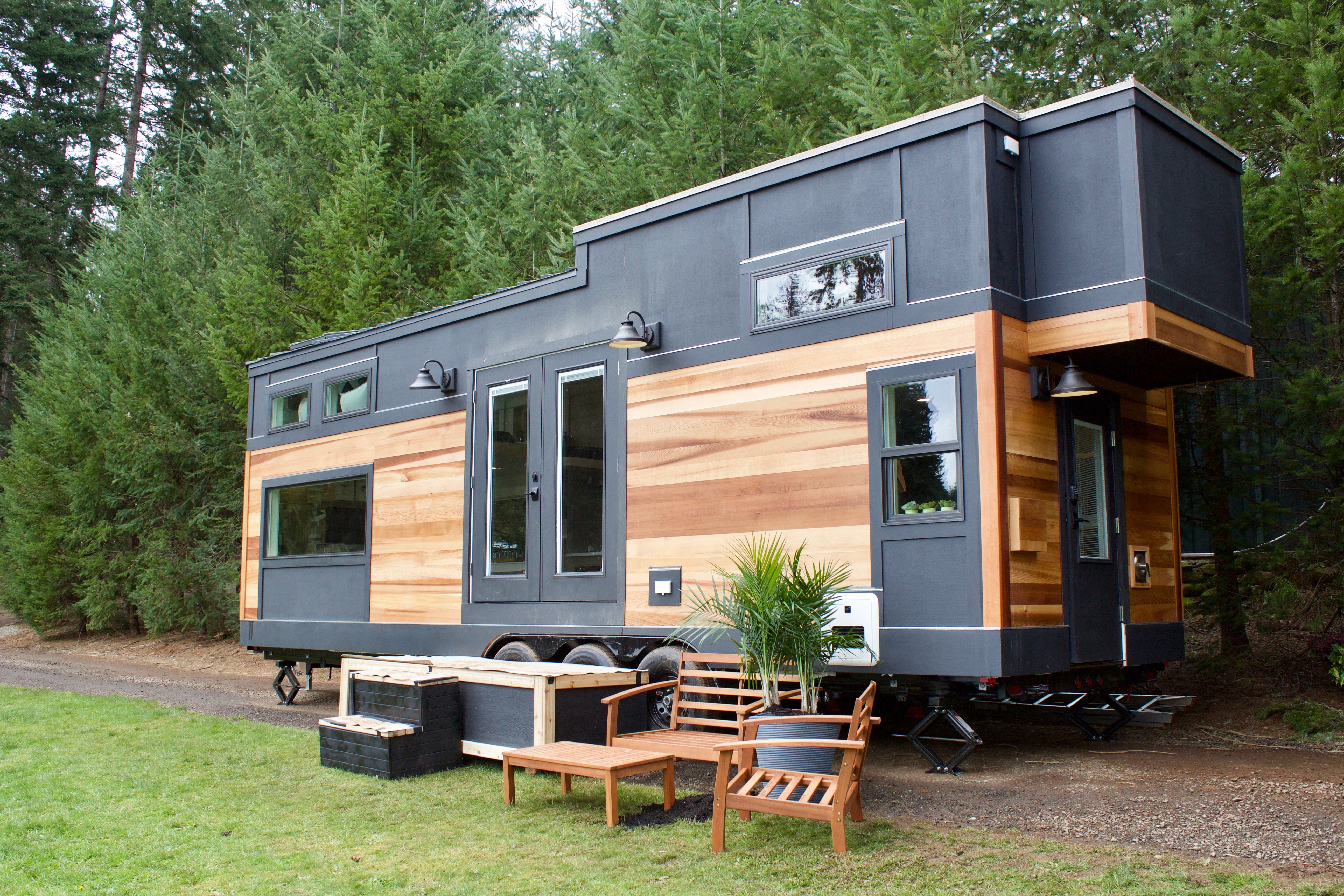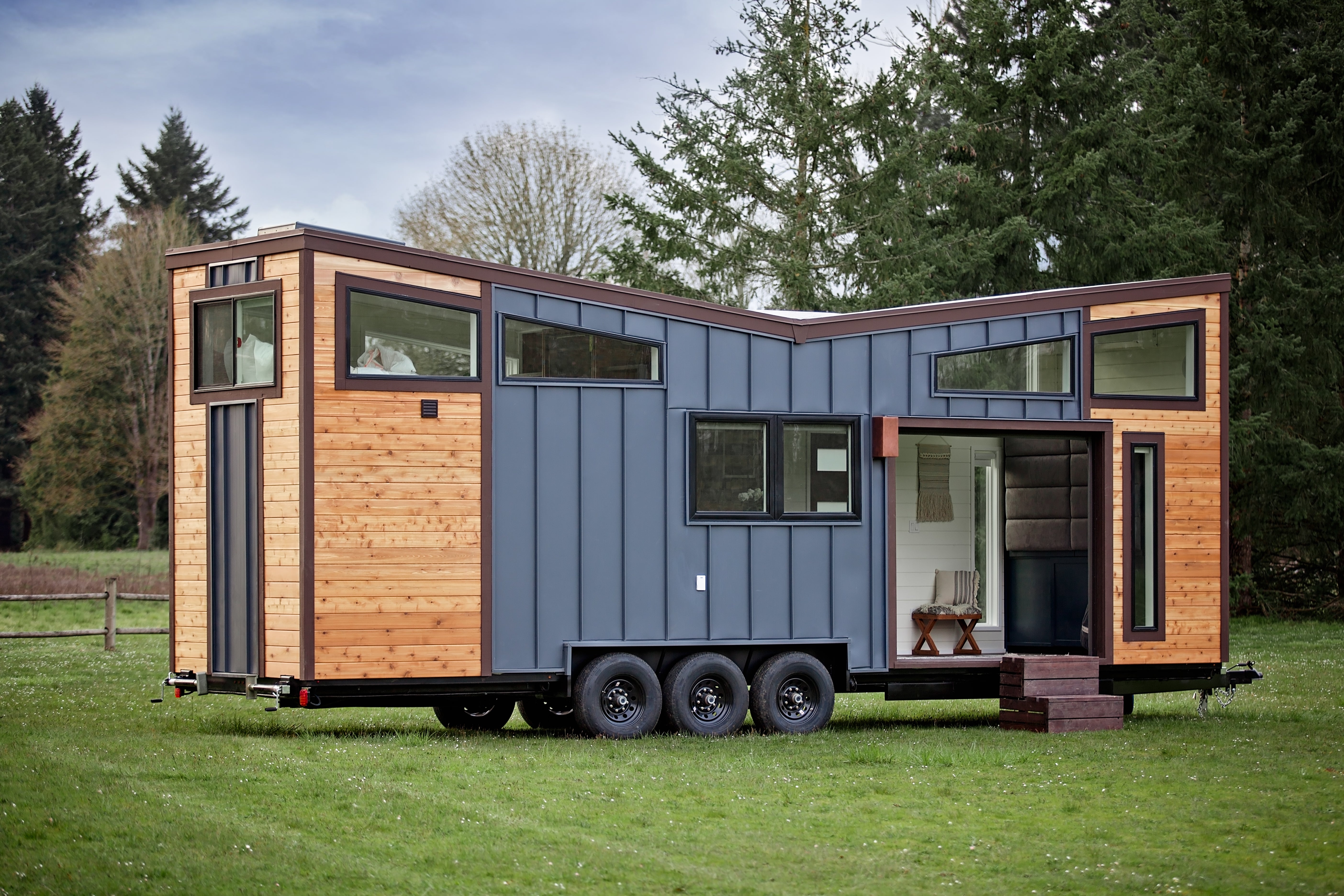The tiny house movement has been one of the most fascinating lifestyle and architectural shifts of the last two decades. What began as a strong rejection of consumerism has now grown into a cultural discussion about freedom, sustainability, and what it means to truly live well.
The heart of the movement has always been simple: live bigger by building smaller. For many, that meant trading square footage for experiences, possessions for memories, and debt for freedom. But like all movements, it’s evolving — because the people leading it are evolving.
Millennials may have sparked the revolution, breaking free from mortgages and McMansions. But now, Gen Z is stepping up, and they aren’t just inheriting the dream — they’re reshaping it. With new priorities, tools, and values, they’re redefining what tiny living means for the modern generation. And in doing so, they’re opening the door to structures that go far beyond the traditional house on wheels.
The Millennial Blueprint: A Movement Forged in Financial Fire
To understand where tiny living is moving, we have to revisit how it started. For Millennials, tiny houses were born out of necessity and rebellion.
Graduating into the wreckage of the 2008 recession, carrying unprecedented student debt, and facing skyrocketing housing costs, the traditional white-picket-fence dream felt out of reach. A 30-year mortgage wasn’t a goal — it was a trap.
So they made a different choice.
-
Financial Freedom – Every dollar not tied up in rent or mortgage was a dollar that could be spent on experiences, travel, or simply survival. Tiny houses became financial escape hatches.
-
DIY as Identity – Building your own house became a badge of independence. The early movement thrived on gritty blogs and YouTube videos showing people teaching themselves construction in driveways and backyards.
-
Minimalism as Protest – After growing up in an age of consumer excess, Millennials embraced minimalism as a rejection of “more, more, more.” Owning less became a way to live more.
The iconic image of this era? A rustic, wood-clad tiny house on a trailer — a rolling symbol of independence. These homes weren’t polished; they were personal. Each one told the story of its builder’s defiance, resilience, and dream of a freer life.
Enter Gen Z: Purpose-Driven Inheritors

Fast forward to today, and a new generation is taking the wheel. For Gen Z, tiny homes are not a radical discovery — they’re a known possibility. This generation has grown up watching tiny house tours on YouTube, seeing #VanLife explode on Instagram, and following sustainability influencers on TikTok.
They’re digital natives who have never known life without the internet, the gig economy, or the looming urgency of the climate crisis. And they are bringing a different mindset to tiny living: not just survival, but intentional creation.
“The shift in the ‘why’ is the most fascinating thing we’re seeing,” says Praveen Krishnaiah, co-founder of The Out Factory. “The first wave was driven by a need to escape—debt, consumerism, the whole system. This new generation is driven by a desire to build. They’re using tiny homes as tools for a flexible, sustainable, and beautifully designed life. It’s less about rebellion and more about intentional creation.”
Research backs this up. Gen Z is financially pragmatic but also deeply mission-driven. They want stability, but not at the cost of their values. They care about climate action, social impact, and personal freedom. A tiny home, for them, isn’t a rejection of society — it’s a logical, sustainable, and empowering choice within it.
Key Shifts: How Gen Z’s Tiny Living Priorities Differ
The why has shifted, and so has the what. Here’s how Gen Z is reimagining tiny living:
1. From DIY Rustic to Tech-Forward Design
Millennials romanticized building from scratch. Gen Z respects that grit, but they’re more pragmatic. They expect tiny homes to be efficient, connected, and comfortable.
-
Smart home features are standard.
-
High-speed internet is non-negotiable (remote work and content creation demand it).
-
Prefabricated and modular builds are preferred for quality assurance and time savings.
In short, a composting toilet is a choice, not a necessity. For Gen Z, a tiny house should work as seamlessly as their iPhone.
2. From Nomadic Freedom to Flexible Stability
#VanLife inspired millions, but constant travel isn’t the dream for most Gen Z buyers. Instead, they’re looking for flexible stability: a home base that feels permanent enough to be safe, but flexible enough to move or adapt in the future.
They see tiny homes as:
-
Primary residences on affordable land.
-
ADUs (Accessory Dwelling Units) on family property.
-
Starter homes that can later be relocated.
This generation wants options — a stable anchor without the lifetime mortgage.
3. From Minimalism to Multi-Functionality
For Millennials, minimalism was rebellion. For Gen Z, it’s about maximizing utility. Every inch of their home must work harder.
-
Living spaces double as work studios.
-
Kitchens become social hubs.
-
Layouts are open and modular, shifting with needs.
Think of it as “Swiss Army knife design” — one space, many uses.
Why Yurts Are Stealing the Spotlight
Image source: Woodstork Hills by The Out Factory
As priorities evolve, so do structures. And increasingly, Gen Z is looking beyond the traditional tiny house on wheels. Many are discovering one of the oldest, most versatile dwellings in human history: the Yurt.
Why? Because yurts answer Gen Zer’s needs almost perfectly:
-
Flexible Stability: Yurts are four-season, semi-permanent homes built on deck foundations. They feel solid, but they’re not locked forever in place.
-
Sustainability: Minimal foundations, renewable materials, and long-lasting fabrics align with Gen Z’s eco-conscious values.
-
Experiential Design: Circular flow, skylight crowns, and open interiors create a mindful, nature-connected environment unlike anything a box-shaped house offers.
-
Multi-Functional Space: A yurt’s open floor plan is a blank canvas. With clever furniture and layouts, one space can transform from office to living room to retreat in minutes.
In short: the yurt embodies Gen Z’s ethos — adaptable, sustainable, and hypercustomizable.
The Bigger Picture: What This Means for the Tiny Living Movement
The tiny house dream isn’t fading; it’s maturing. Millennials proved you could live differently. Gen Z is proving you can do it smarter.
This shift means the future of tiny living won’t just be about smaller houses. It will be about smarter, greener, more flexible structures that reflect personal values and global realities.
And in this landscape, yurts are poised to shine — not as quirky novelties, but as serious lifestyle solutions that check every box for a new generation ready to redefine the dream.
Conclusion: From Rebellion to Reinvention
The tiny house movement began as rebellion. Today, it’s becoming a reinvention. Millennials showed us what was possible. Gen Z is showing us what’s sustainable.
And while the forms may change — from trailers to domes to yurts — the heart of the movement is the same: to live more fully with less, and to design homes that reflect the lives we actually want to live.
The future of tiny living isn’t smaller. It’s smarter, more intentional, and more deeply connected — to the planet, to each other, and to the idea that a home should serve us, not the other way around.






Share: